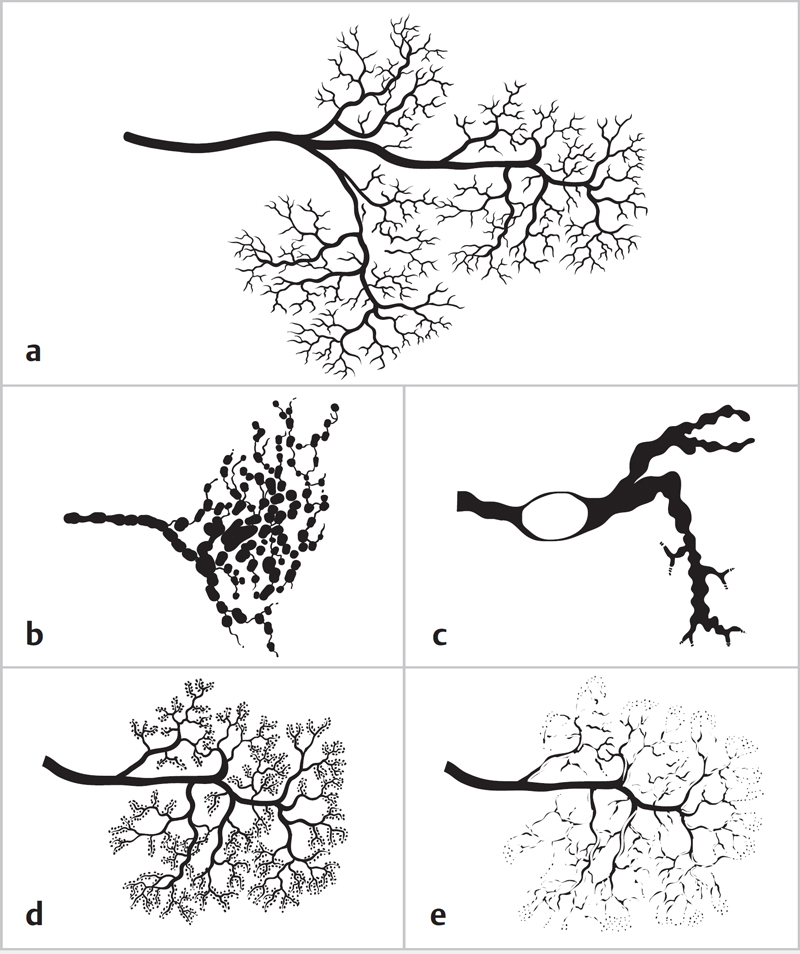45 Non-neoplastic Salivary Gland Disease • Mostly children • Usually paramyxovirus (Rubulavirus) • Infection is systemic • 2- to 3-week incubation period • 3- to 5-day period of viremia—localizes in parotid, germinal tissues, and central nervous system • Fever, malaise, headaches • Trismus and dysphagia • Bilateral involvement; may involve other major salivary glands • Complications: • Confirm diagnosis with viral serology • Frontal bullar cell shows raised white cell count (lymphocytes) • Supportive treatment • Chronic autoimmune disorder • 44× risk of developing lymphoma • Schirmer test—documents lacrimation • Slit lamp examination—corneal ulcerations • SS-A (anti-Ro) 38 to 60%; ELISA—95% • SS-B (anti-La) 25 to 40%; ELISA—87% • Autoantibodies not specific • Minor salivary gland biopsy used to diagnose—95% specificity • Bacterial sialadenitis most common in parotid • Chronic picture with acute exacerbations possible • Retrograde transmission from oral cavity or stasis of salivary flow • Stone formation may be causative • Elderly patients at risk due to medications that reduce salivary flow: • Staphylococcus aureus most common organism; others: • May progress to abscess formation • If failure to respond to ABx, consider: • Antibiotics for gram-negative and anaerobes • Sepsis and multiorgan failure possible in debilitated patients • Recurrent low-grade inflammation and oedmea of the gland • Strep. viridans = offending organism • Need to encourage salivary flow • Benign lymphoepithelial lesions may arise • Identify any stones/strictures • May have symptom-free periods • Surgical excision for refractory cases (Fig. 45.2) • Sialoendoscopy (see end of chapter) • 80% affect submandibular gland • 1.2% general population • Submandibular predisposing factors include: • Imaging:
45.1 Viral Infections (Mumps)
 Orchitis—20 to 30% of males
Orchitis—20 to 30% of males
 Oophoritis—5% of females
Oophoritis—5% of females
 Sterility rare
Sterility rare
 Aseptic meningitis 10%
Aseptic meningitis 10%
 Pancreatitis 5%
Pancreatitis 5%
 Sensorineural hearing loss 0.5 to 4% (rapid onset, profound, permanent, and unilateral)
Sensorineural hearing loss 0.5 to 4% (rapid onset, profound, permanent, and unilateral)
45.2 Sjögren Syndrome (Fig. 45.1)
45.3 Acute and Chronic Bacterial Infections
 Diuretics
Diuretics
 Antidepressants
Antidepressants
 β-blockers
β-blockers
 Anticholinergics
Anticholinergics
 Antihistamines
Antihistamines
 β-haemolytic strep
β-haemolytic strep
 H. influenzae
H. influenzae
 Pneumococcus
Pneumococcus
 Gram–negative organisms
Gram–negative organisms
 Lymphoma
Lymphoma
 Cat-scratch disease
Cat-scratch disease
 Sjögren syndrome
Sjögren syndrome
 Granulomatosis with polyangiitis (formerly known as Wegener granulomatosis).
Granulomatosis with polyangiitis (formerly known as Wegener granulomatosis).
45.4 Chronic Sialadenitis (Fig. 45.1)
45.5 Sialolithiasis (Fig. 45.1)
 More viscous consistency
More viscous consistency
 Wharton duct has a superior course
Wharton duct has a superior course
 Gland is dependent
Gland is dependent
 Most imaging modalities can detect calculi: plain radiograph (80–95% submandibular and 70% parotid stones); US (90% if >2 mm); CT—noncontrast (as vessels may mimic stones) is good for detecting multiple small stones
Most imaging modalities can detect calculi: plain radiograph (80–95% submandibular and 70% parotid stones); US (90% if >2 mm); CT—noncontrast (as vessels may mimic stones) is good for detecting multiple small stones
< div class='tao-gold-member'>
![]()
Stay updated, free articles. Join our Telegram channel

Full access? Get Clinical Tree



